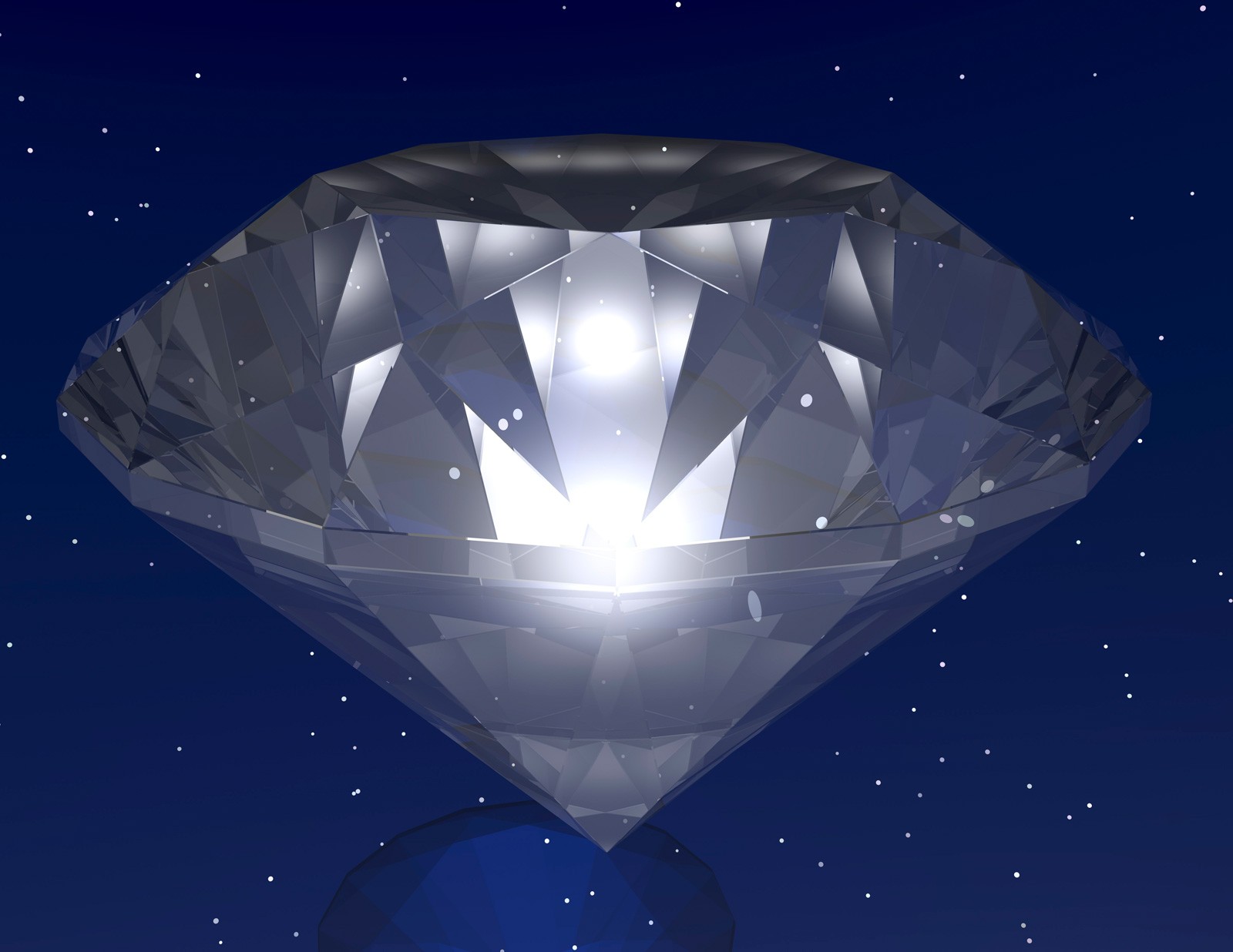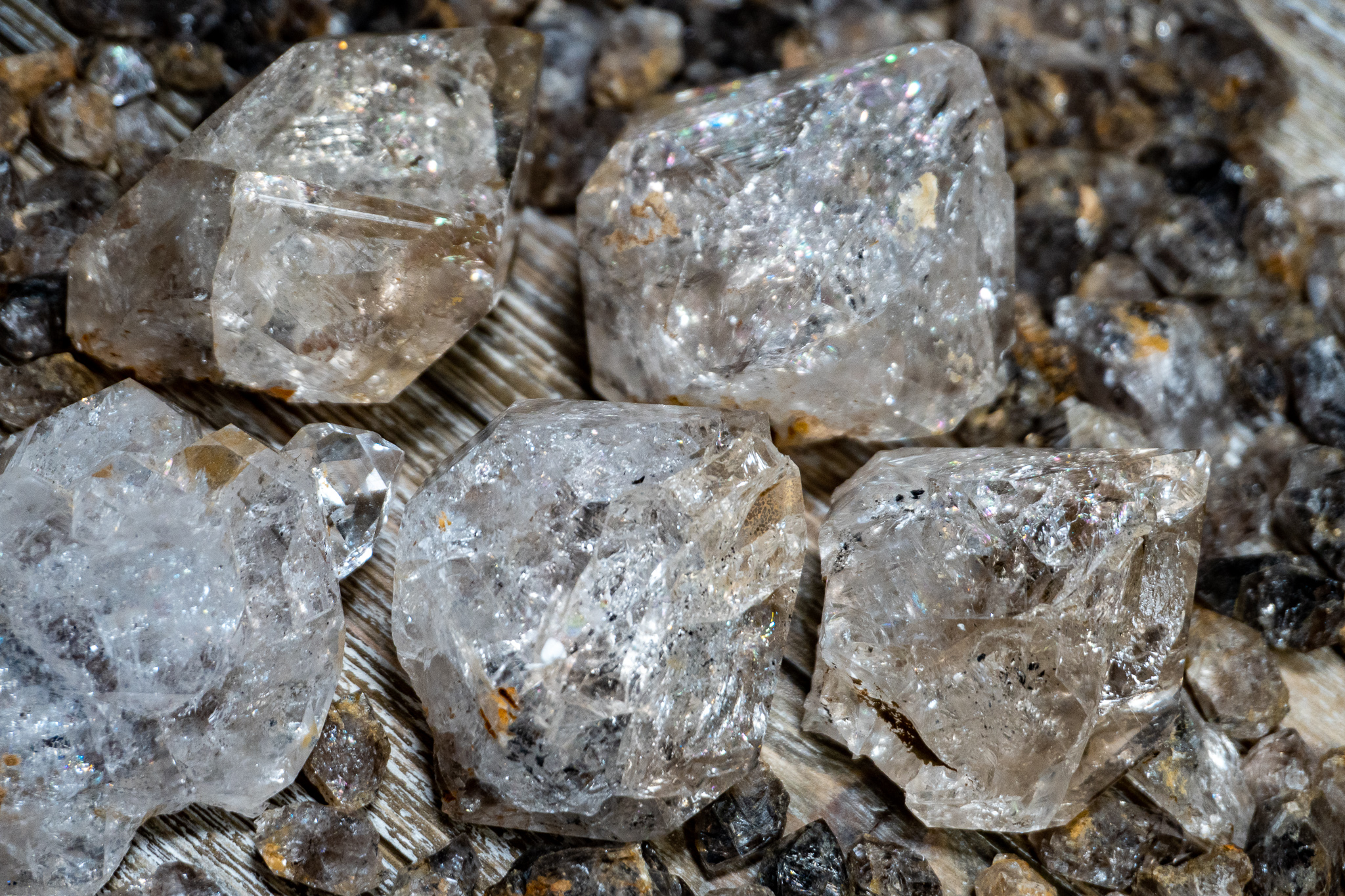Symbolism and Meaning: Diamond Meaning

Diamond meaning – Diamonds have long been associated with love, commitment, and eternity. Their beauty and durability have made them a popular choice for engagement rings and other jewelry that symbolizes lasting relationships.
Diamonds, the epitome of brilliance and durability, have long been associated with eternity and unbreakable bonds. Like the enduring friendship between Winnie the Pooh and his companions, diamonds symbolize the preciousness of enduring relationships. Their unwavering brilliance mirrors the unwavering loyalty and love that sustain us through life’s adventures, reminding us that even in the face of adversity, the bonds we forge remain as unyielding as these captivating gemstones.
In many cultures, diamonds are also seen as a symbol of wealth and power. The famous Hope Diamond, for example, is said to have been owned by Marie Antoinette and Louis XVI of France. Today, it is on display at the Smithsonian Institution in Washington, D.C.
In the realm of precious stones, diamonds embody enduring brilliance and unyielding strength. Their allure extends beyond mere aesthetics, resonating with the promise of eternity. However, within the depths of the tomorrow pit , a tantalizing paradox unfolds. Here, the relentless march of time unveils the diamonds’ genesis, reminding us that even the most enduring of treasures are but a testament to the transformative power of the eons.
Famous Diamonds, Diamond meaning
- The Hope Diamond is a 45.52-carat blue diamond that is currently on display at the Smithsonian Institution in Washington, D.C. It is one of the most famous diamonds in the world and has been owned by many famous people, including Marie Antoinette and Louis XVI of France.
- The Koh-i-Noor is a 105.6-carat diamond that is currently part of the British Crown Jewels. It is one of the largest diamonds in the world and has been owned by many famous people, including Queen Victoria and Queen Elizabeth II.
- The Cullinan Diamond is a 3,106.75-carat diamond that was found in South Africa in 1905. It is the largest diamond ever found and was cut into nine smaller diamonds, including the Great Star of Africa and the Second Star of Africa.
Properties and Characteristics

Diamonds possess an array of exceptional physical and chemical properties that render them highly valuable and sought-after. Their exceptional hardness, brilliance, and thermal conductivity make them unique among gemstones.
Diamonds are renowned for their extreme hardness, earning a 10 on the Mohs scale of mineral hardness. This remarkable attribute stems from their tightly packed carbon atoms arranged in a rigid crystalline structure. As a result, diamonds can only be scratched by other diamonds, making them highly resistant to wear and tear.
The brilliance of diamonds is another captivating characteristic. Their high refractive index causes light to bend significantly when entering and exiting the stone, resulting in an extraordinary play of colors and sparkle. This optical phenomenon, known as dispersion, is what gives diamonds their mesmerizing fire and brilliance.
Diamonds also exhibit excellent thermal conductivity. They can conduct heat exceptionally well, making them ideal for industrial applications such as cutting tools and heat sinks. This property allows diamonds to dissipate heat efficiently, preventing them from overheating and maintaining their structural integrity even under extreme temperatures.
The value and desirability of diamonds are greatly influenced by these exceptional properties. Their hardness and durability make them suitable for jewelry, where they can withstand daily wear and tear. Their brilliance and sparkle enhance their aesthetic appeal, making them highly sought-after for engagement rings and other adornments. Additionally, their thermal conductivity makes them valuable in industrial applications, further contributing to their worth.
Diamond Cuts
Diamonds are cut into various shapes and styles to enhance their appearance and value. The most popular diamond cuts include:
- Round Brilliant Cut: This classic cut features 58 facets, maximizing brilliance and fire.
- Princess Cut: A square or rectangular cut with sharp corners, providing a modern and sophisticated look.
- Emerald Cut: A rectangular cut with large, flat facets, showcasing the stone’s clarity and transparency.
- Cushion Cut: A square or rectangular cut with rounded corners, offering a vintage and romantic charm.
- Oval Cut: An elongated round cut, providing a graceful and elegant appearance.
The choice of diamond cut depends on personal preferences, the shape and size of the rough diamond, and the desired brilliance, fire, and overall aesthetics.
Ethical Considerations

The pursuit of diamonds, symbols of love and commitment, raises ethical concerns regarding the practices employed in their extraction and trade. Diamond mining has a significant environmental impact, and allegations of worker exploitation have tarnished the industry’s reputation.
To address these issues, certification systems have been developed to ensure ethical sourcing and responsible practices. The Kimberley Process Certification Scheme, established in 2003, aims to prevent conflict diamonds from entering the legitimate diamond trade. Additionally, organizations such as the Responsible Jewellery Council promote ethical practices throughout the jewelry supply chain.
Environmental Impact
Diamond mining often involves large-scale operations that can cause significant environmental damage. The excavation of diamond-bearing rocks requires the removal of vast amounts of earth and vegetation, leading to deforestation and habitat loss. Furthermore, the use of heavy machinery and chemicals during mining can pollute water sources and harm wildlife.
Worker Exploitation
In some diamond-producing regions, allegations of worker exploitation have emerged. Concerns have been raised about unsafe working conditions, low wages, and forced labor. To combat these issues, initiatives such as the Diamond Development Initiative promote responsible mining practices and support local communities.
Certification Systems
Certification systems play a crucial role in ensuring that diamonds are sourced ethically. The Kimberley Process Certification Scheme, a global initiative involving governments, industry, and civil society, aims to prevent conflict diamonds from entering the legitimate diamond trade. Certified diamonds bear a unique identification number that tracks their journey from mine to market.
In addition to the Kimberley Process, other certification systems have been established to promote responsible practices throughout the jewelry supply chain. The Responsible Jewellery Council (RJC) sets standards for ethical mining, manufacturing, and distribution. RJC-certified businesses must adhere to strict environmental and social criteria.
Organizations and Initiatives
Numerous organizations and initiatives are dedicated to promoting ethical diamond practices. The Diamond Development Initiative (DDI) supports sustainable mining practices and community development in diamond-producing regions. The World Diamond Council (WDC) advocates for responsible diamond sourcing and promotes consumer awareness about ethical issues.
A diamond, the stone of clarity and enduring beauty, reflects the immutable spirit that lies within us. It is a symbol of purity and strength, much like the nyt mini , which challenges us to explore the depths of our thoughts and unravel the complexities of the world.
Through its intricate crossword puzzles and thought-provoking stories, the nyt mini guides us on a journey of self-discovery, revealing the hidden facets of our minds, just as a diamond illuminates the darkness with its radiant glow.
Diamonds, known for their brilliance and strength, symbolize enduring connections. Like the sparkling facets of a diamond, the connections we forge with others add depth and luminosity to our lives. Just as we can find hints of today’s connections in the stories of the past, the diamond’s history whispers tales of bonds forged and unbreakable.
Connections hint today at the promise of future alliances, just as the diamond’s enduring allure reflects the timeless nature of human connection.